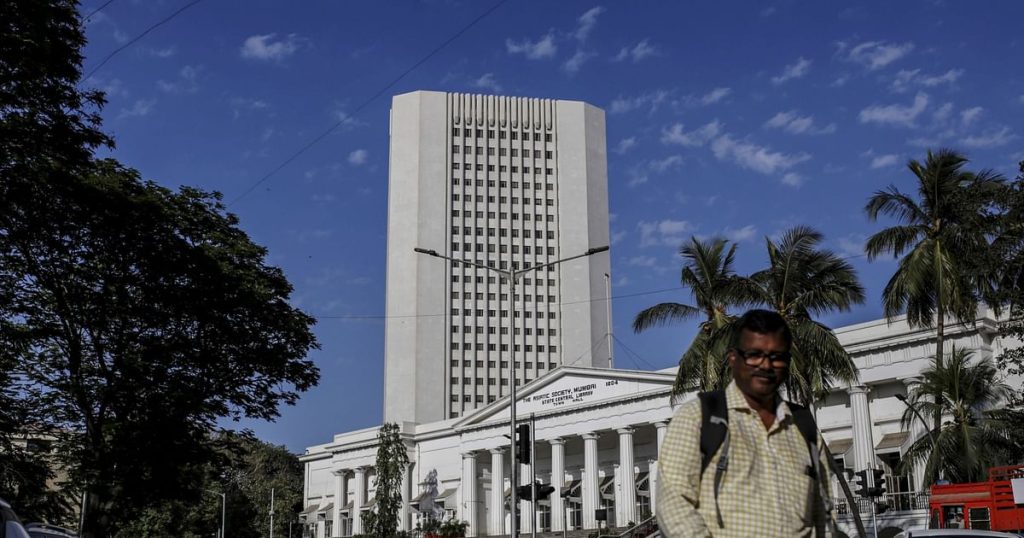The Reserve Bank of India has issued guidelines for a prompt corrective action framework for non-bank finance companies. This, the regulator said, was because NBFCs have been growing in size and have substantial inter-connectedness with other parts of the financial system.
The framework will kick in starting Oct.1, 2022.
It will be applicable to all deposit-taking NBFCs, middle, upper and top-layer NBFCs, under the new scale-based regulations. NBFCs not accepting or not intending to accept public funds, government companies, primary dealers and housing finance companies will be exempt from the framework.
Under the framework, the RBI has set three risk thresholds, after which the NBFCs will be put under prompt corrective action:
Risk Threshold 1
-
Capital adequacy ratio 300 basis points below minimum requirement.
-
Tier-1 capital ratio 200 basis points below minimum requirement.
-
Net non-performing asset ratio between 6-9%.
Risk Threshold 2
-
Capital adequacy 300-600 basis points below minimum requirement.
-
Tier-1 capital ratio 200-400 basis points below minimum requirement.
-
Net NPA ratio between 9-12%.
Risk Threshold 3
For core investment companies, the RBI will focus on the ratio of adjusted net worth to aggregate risk weighted assets, leverage ratio and net NPA ratio.
Here, the risk thresholds are set as follows:
Risk Threshold 1
-
ANW/RWA up to 600 basis points less than regulatory minimum.
-
Leverage ratio more than 2.5 times, but less than 3 times.
-
Net NPA ratio between 6-9%.
Risk Threshold 2
-
ANW/RWA between 600-1,200 basis points less than regulatory minimum.
-
Leverage ratio more than 3 times but less than 3.5 times.
-
Net NPA ratio 9-12%.
Risk Threshold 3
-
ANW/RWA less than regulatory minimum by more than 1,200 basis points.
-
Leverage ratio higher than 3.5 times.
-
Net NPA ratio is higher than 12%.
NBFCs breaching the first risk threshold will be put under restrictions on dividend distribution, promoters or shareholders will be required to bring additional equity to reduce leverage. In case of core investment companies, an additional restriction on issuance of guarantees or taking on contingent liabilities will be put.
In the event of breaching the second risk threshold, the RBI will put restriction on branch expansion, apart from the restrictions under threshold one.
In case the NBFC has breached the third risk threshold, the RBI will put appropriate restrictions on capital expenditure, and restrictions on variable costs, apart from the restrictions mentioned above.
Apart from these restrictions, the RBI may take further common actions including special supervisory action, strategy, capital and governance related actions.
The prompt corrective action framework was originally introduced in 2002 for banks. The framework allowed the regulator to place weaker banks under restrictions till their businesses had undergone adequate repair. It was tightened in 2017, which led to nearly half of India’s government-owned banks being placed under it. Currently, only Central Bank of India remains under the prompt corrective action framework of the RBI.
